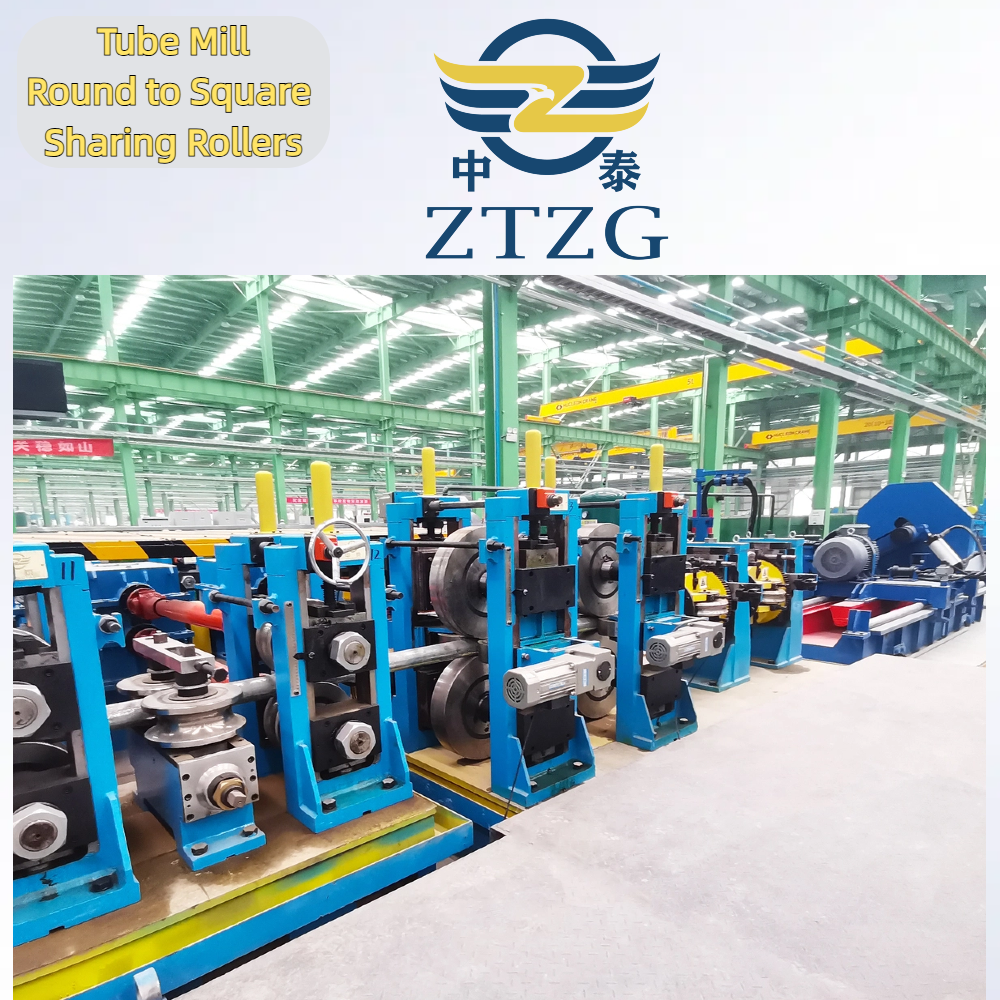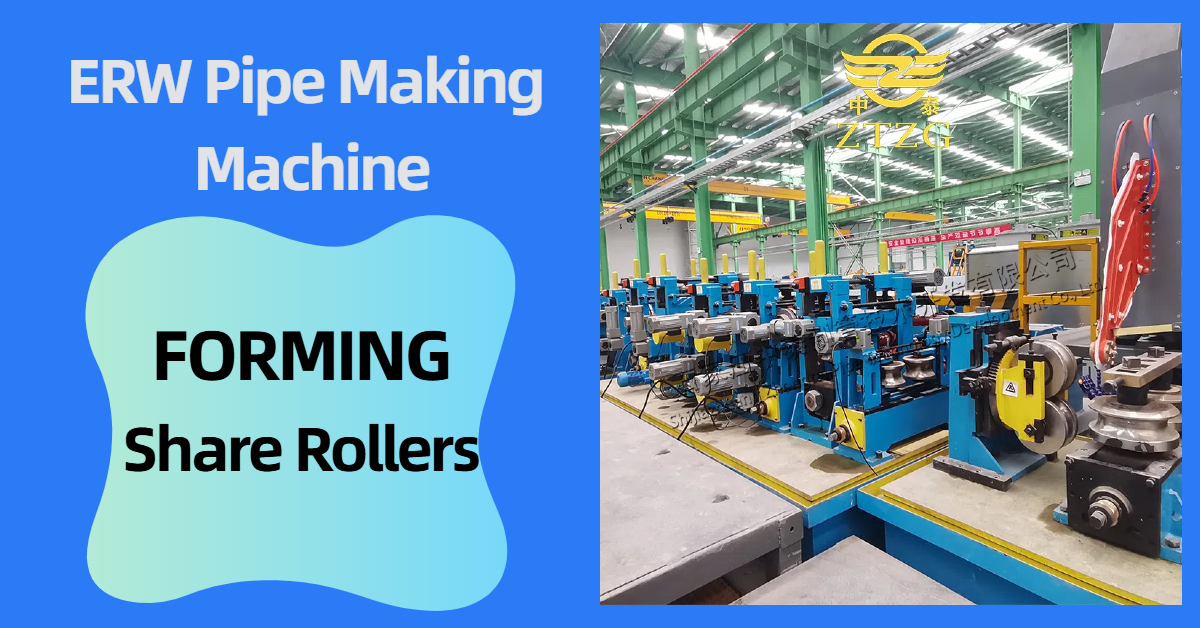Welcome to the first installment of our ERW Tube Making Machine Operation Series! In this series, we’ll guide you through the essential steps for operating and maintaining your ERW (Electric Resistance Welding) tube mill, ensuring efficient production and long-lasting performance.
This first post focuses on the critical initial steps: uncrating, inspecting, hoisting, and performing the rough adjustments needed to get your new tube making machine ready for action. Proper preparation is key to a smooth and successful installation.
I. Uncrating and Inspection: Laying the Foundation for Success
Before you even think about firing up your new tube mill, take the time for careful uncrating and inspection. Here’s what you need to do:
- Documentation First: Locate and thoroughly read the operation manual and all accompanying documentation. Familiarize yourself with the machine’s components, mechanisms, and operating principles. This knowledge is essential for safe and effective operation.
- Inventory Check: Compare the contents of each crate against the packing list. Carefully verify that all items are present and undamaged. Note any discrepancies or damage in a detailed uncrating record. This documentation is crucial for resolving any issues with the supplier.
II. Hoisting and Positioning: Setting the Stage for Precision
With the machine components now inspected and accounted for, it’s time to move them into their designated positions.
- Worktable Hoisting: When lifting the worktables, utilize the designated lifting points, typically the mounting holes for the foundation bolts on either side.
- Layout: Refer to the overall layout diagram (provided in the documentation) and carefully position each component (forming section, welding section, sizing section, and gearbox) in its designated location.
III. Rough Alignment: Getting Everything in the Right Place
With the components in position, the next step is to perform a rough alignment. This involves leveling the machine and ensuring proper spacing between the different sections:
- Foundation Bolts: Insert foundation bolts into the pre-drilled holes in the base, ensuring the bolts are centered within the holes.
- Leveling: Use steel plates (approximately 20x150x150mm) placed under the foundation bolts and adjustment bolts at each corner of the machine to adjust the level. Machine leveling shims are even better. The goal is to roughly level each section of the tube mill. The foundation bolts should not touch the metal base of the mill directly.
- Height Adjustment: Rough adjust the height (H) of each worktable (forming, welding, sizing) to approximately 550mm (calculated as Rolling Bottom Line Elevation – 350mm = 900mm – 350mm = 550mm). The gearbox worktable height (H) should be approximately 600mm.
- Spacing and Level: Roughly adjust the horizontal spacing between the worktables and ensure they are level with each other.
- Gearbox Alignment: Connect the universal joint shaft between the gearbox and the horizontal roll stand. Ensure the dimensions match the overall layout diagram and that the universal joint shaft has sufficient axial movement (free from binding). Also, verify that the centerline of the gearbox output shaft is vertically aligned with the centerline of the horizontal roll shaft. Ensure the gearbox mounting surface is parallel to the rolling centerline (tolerance: 2mm).
- Foundation Preparation: According to civil engineering regulations, clean the foundation holes and fill them with the specified grade of cement mortar.
IV. Preparing for Fine Tuning and Cautions
These steps represent the initial setup and must be completed before the cement mortar is prepared for the machines’ foundation hardens. Fine-tuning the position will be critical, so it’s important to do these steps right. Also, before it gets to this step, take a break. Have the following rules in mind:
- Cleanliness is Key: Before fine-tuning, thoroughly clean all machine components to remove any dust or debris accumulated during transport and handling. This will prevent contamination of friction and transmission surfaces.
- Lubrication: Ensure all lubrication points, oil tanks, and gearboxes are filled with the appropriate lubricants, ready for the test run.
- Dust Protection: Protect the machine components with dust covers during the installation process.
- Rust Prevention: If the machine cannot be tested immediately after installation, take appropriate rust prevention measures.
- Foundation Integrity: Ensure that the foundation bolt holes are properly filled and that the secondary cement pouring bonds securely with the original foundation.
Next Steps:
In our next blog post, we’ll cover the fine-tuning process, preparing the machine for its initial test run. Stay tuned for more essential tips and tricks for operating your ERW Tube Making Machine!
Post time: Feb-08-2025













